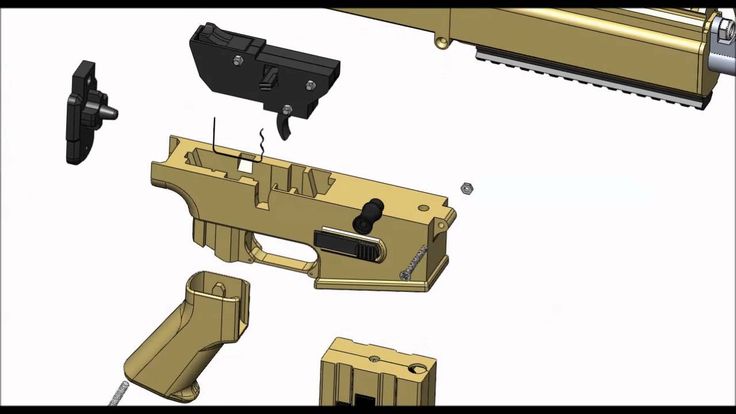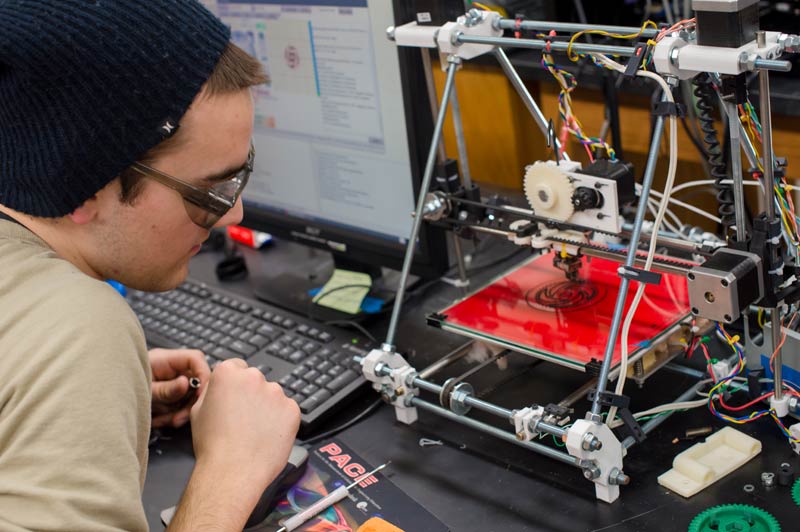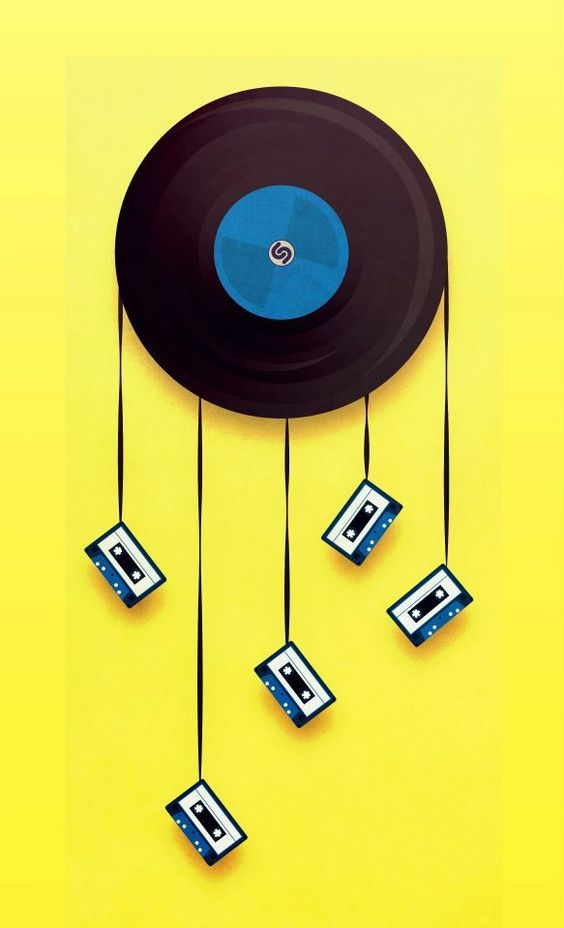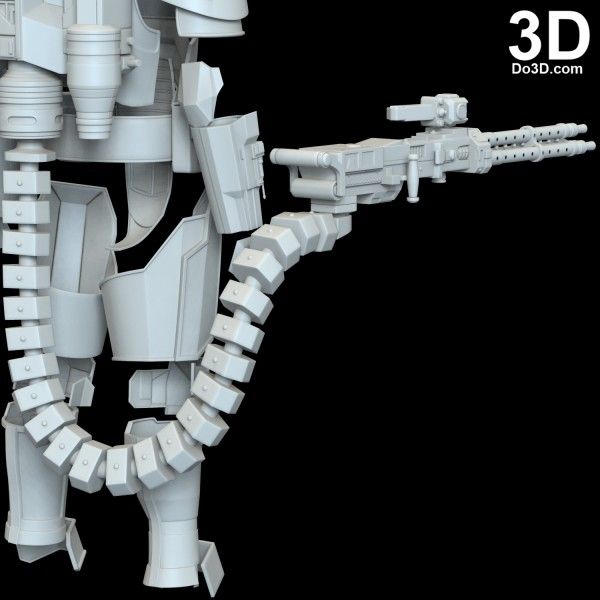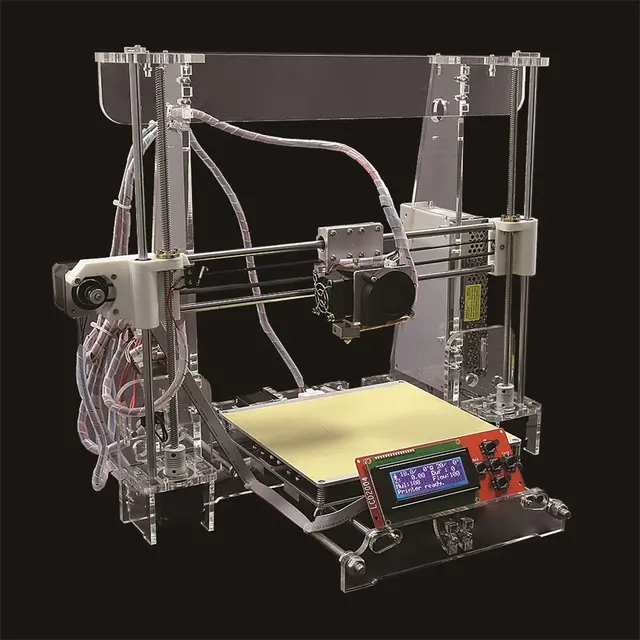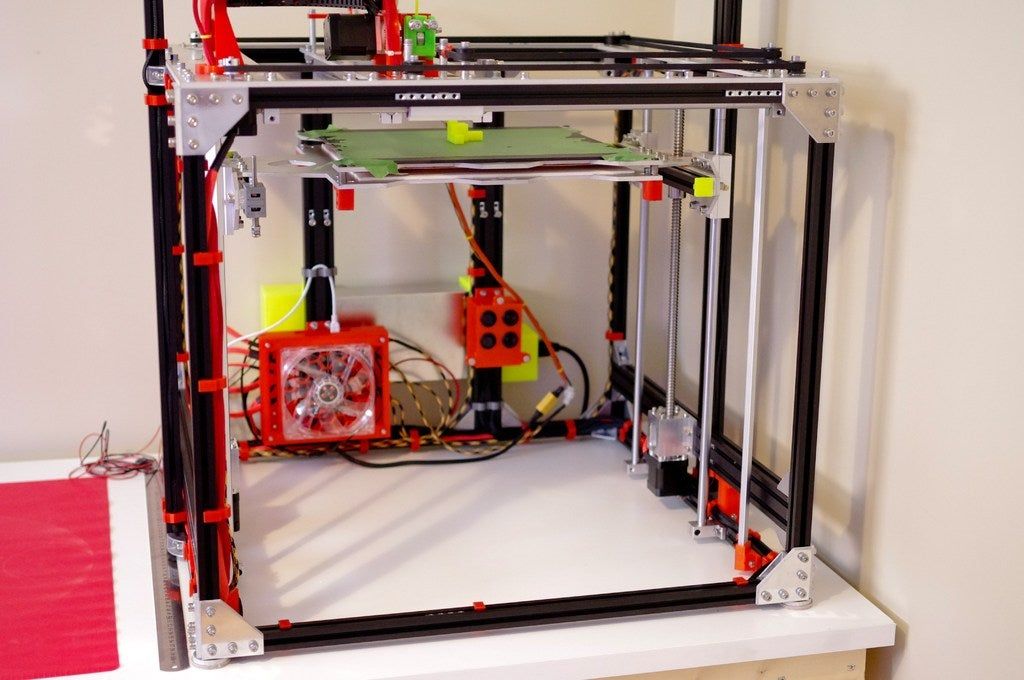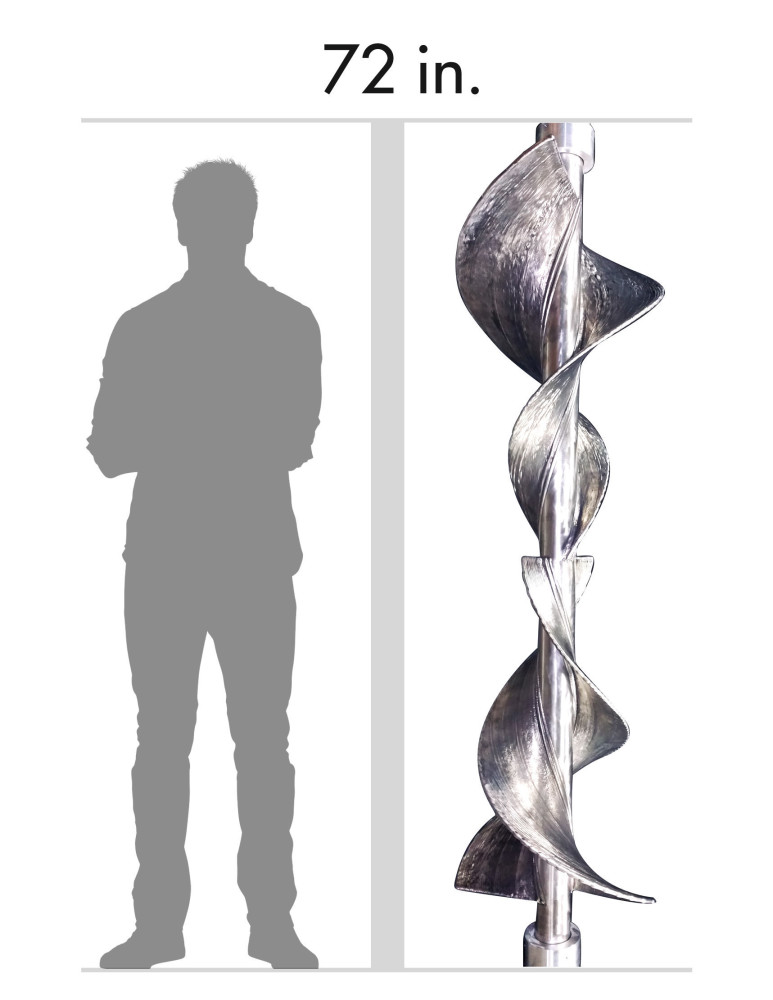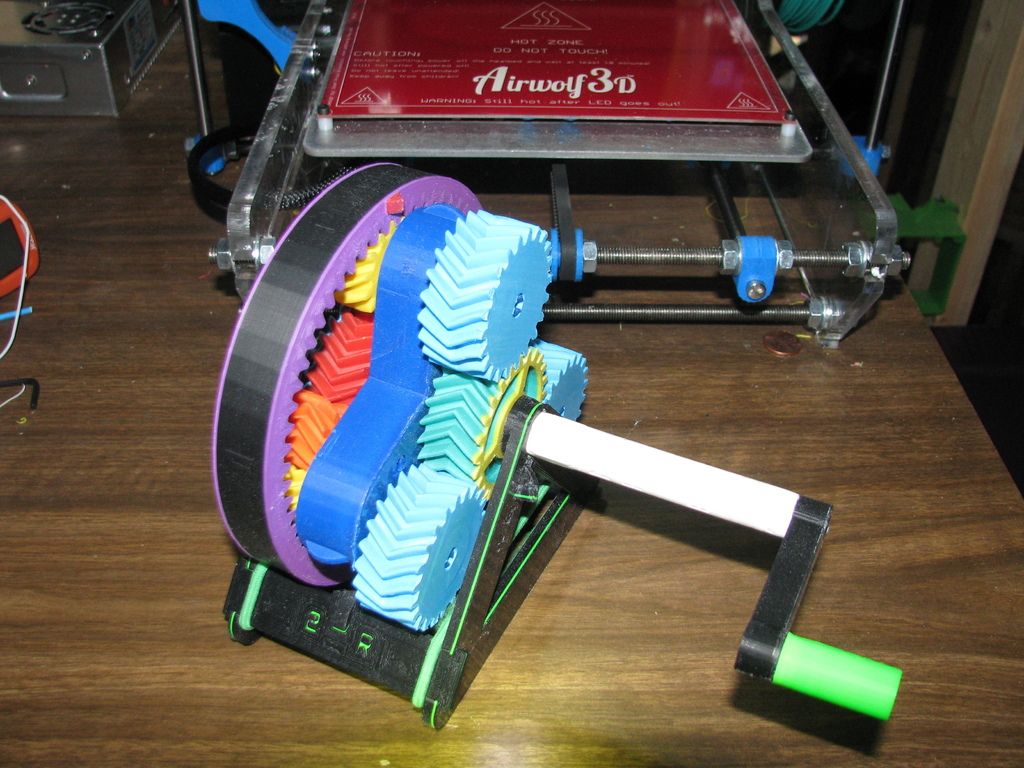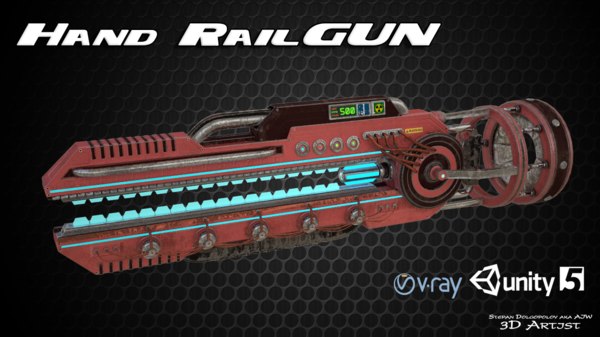3D printer calculator
3D Printing Cost Calculator
Created by Bogna Szyk
Reviewed by Małgorzata Koperska, MD and Adena Benn
Last updated: Feb 02, 2023
Table of contents:- How much does it cost to 3D print?
- 3D printer filaments
- FAQ
Whether you're just starting out or running a professional 3D printing business, this 3D printing cost calculator and our paper thickness calculator will surely come in handy. After inputting a few basic parameters, you will be able to determine accurately what you should charge for any job.
Naturally, if you don't own a 3D printer and are trying to figure out how much it costs to 3D print, this calculator is also a tool for you! Keep reading to understand the fundamental principle behind it or to find out which filament type is the best for your project.
If you are serious about starting a printing business, you should also explore our paper quantity converter to learn more about the terms associated with buying paper in bulk and the amount contained within. Additionally, our pixels to print size calculator will help you to learn more about what it takes to create good-quality images when printing. This is something anyone serious about building a printing business should know.
How much does it cost to 3D print?
Our 3D printer calculator splits the total cost of a 3D printing job into two parts: the material cost, corresponding directly to the material that will be used, and labor cost, associated with the time of printing. Additionally, you can add a markup to ensure you're getting at least some profit on each item you print.
We calculate the material cost according to the following formula:
material cost = ρ π × (d/2)² × L × price
where
- ρ is the density of the material;
- d is the diameter of the filament;
- L is the length of the filament used for printing; and
- price is the cost of material per unit weight (per kilogram or pound).
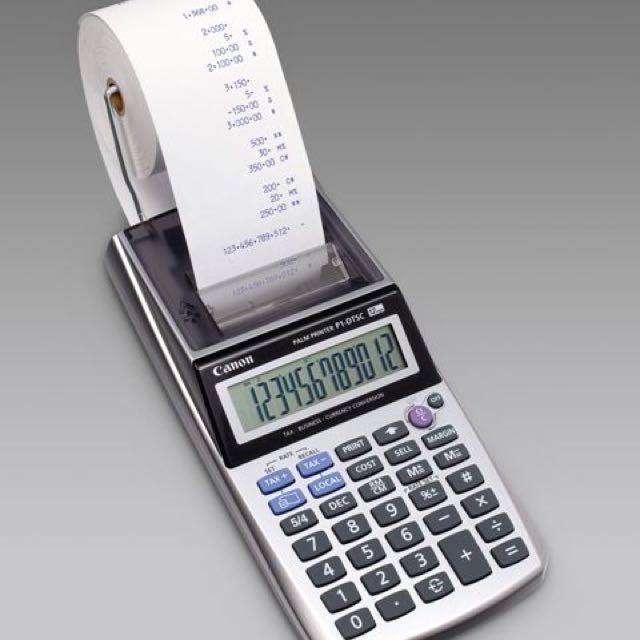
Once you know the material cost, it's time to find out what is the labor cost:
labor cost = time × hourly rate
where
- time is the time needed to finish the job,
- hourly rate is the cost per one hour of 3D printing.
At the end of calculations, our 3D printing cost calculator adds the markup) to account for the profit:
final price = (material cost + labor cost) × (100% + markup)
Voilà - you just found the total price of a 3D printing job! Be sure to experiment with the result, for example, by changing your hourly rate or by adding half an hour to printing time to simulate a jammed extruder that you need to fix.
3D printer filaments
You probably noticed that the material cost depends on three main factors: the volume of the material, its density, and its price. While the volume depends solely on the project you're about to print, the other two are associated with the type of filament.
In our 3D printing cost calculator, you can choose between the six most common filament types. If you're using a different one, open the advanced mode to manually input its density.
filament type | full name | density (g/cm³) | |
|---|---|---|---|
ABS | Acrylonitrile Butadiene Styrene | 1.05 | |
PLA | Polylactic Acid | 1.27 | |
PETG | Polyethylene Terephthalate | 1.25 | |
PETT | T-Glase filament | 1.45 | |
HIPS | High Impact Polystyrene | 1.04 | |
TPU | Thermoplastic Polyurethane | 1.30 | |
FAQ
How much does it cost to 3D print per inch?
It costs $0. 35. However, It highly depends on the material cost. Omnicalculator tool 3D printing cost calculator can help you analyze between different options.
35. However, It highly depends on the material cost. Omnicalculator tool 3D printing cost calculator can help you analyze between different options.
- We need to choose the material type. For example, ABS with a density of 0.6069 oz/in3 and a price of $20.
- Considering density, we need to print 0.6069 ounces.
- Our 3D printer calculator indicates that 3d printing one inch will cost $0.35.
How to calculate the 3d print cost?
You can use Omnicalculator 3D printer calculator or do as follows:
- Define your 3d printer material type and get its price per kilogram. Also, find out its density
- Calculate the volume of your 3d print model. Use your design software for increased preciseness.
- Get the mass of your model by multiplying its volume per material density.
- Multiply the obtained mass by the material price per kilogram. The result represents your material 3D print cost.
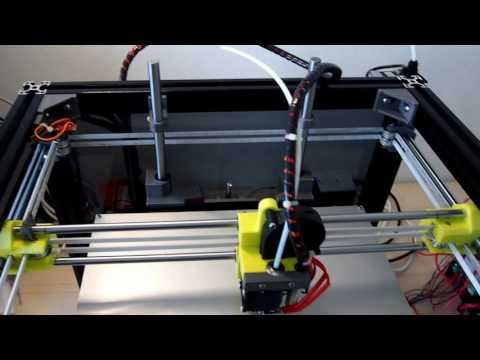 Do not forget to add labor costs such as electricity and designing time.
Do not forget to add labor costs such as electricity and designing time.
Can you make a business with a 3d printer?
Yes, you can, and Omnicalculator tool 3D printing cost calculator can help you with it. To be successful with it, follow the subsequent recommendations:
- Dedicate proper time to material selection since quality/usability matter the most.
- Do not forget to add labor costs such as electricity, and manpower costs, among others.
- Add a markup price which will be your profit over your costs.
How to 3d print?
Once you have covered how much it costs to 3D print and you have a 3d printer at home plus printing material, do as follows:
- Create or find a design of your interest. Save it as an STL file in a portable memory.
- Adjust the nozzle and the printer bed position to be parallel and close enough.
- Preheat the bed, and check any other manufacturer recommendations.
- Print!
Bogna Szyk
Cost of material
Material type
Filament diameter
Filament length
Filament weight
Material cost
$
Labor cost
Printing time
Cost per hour
Labor cost
$
Final price
Markup
Final price
$
Check out 30 similar tech and electronics calculators 💻
Amdahl's lawBattery capacityBattery life… 27 more
RepRap Calculator - Original Prusa 3D Printers
Hi, I am a calculator.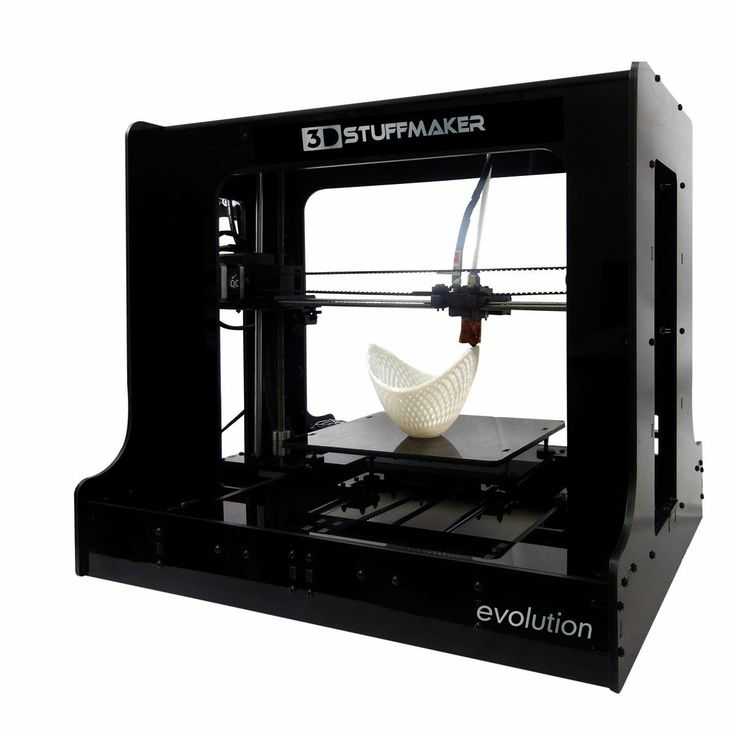 I will help you to calculate the real price of the filament converted to printing volume (in cubic centimetres), the number of steps per millimetre and the acceleration needed to reach a certain printer speed.
I will help you to calculate the real price of the filament converted to printing volume (in cubic centimetres), the number of steps per millimetre and the acceleration needed to reach a certain printer speed.
Real filament price
WORK IN PROGRESS! Great tool to compare real price of filament. Only measurement, which accurately tells you how much you can print with your purchased filament, is volume in cm3. Filament vendors should provide price per cm3 which doesn't happen now. So I made this simple tool for you to calculate it.
Example: You are offered 100m of PLA both in 3mm and 1.75mm for $25. With 3mm you will buy 2827cm3 but with 1.75mm just 962cm3 of plastic. That renders 1.75mm deal pretty awful as you will get just one third for the same price.
Filament name
Weight
Length
Diameter
Diameter presets 2.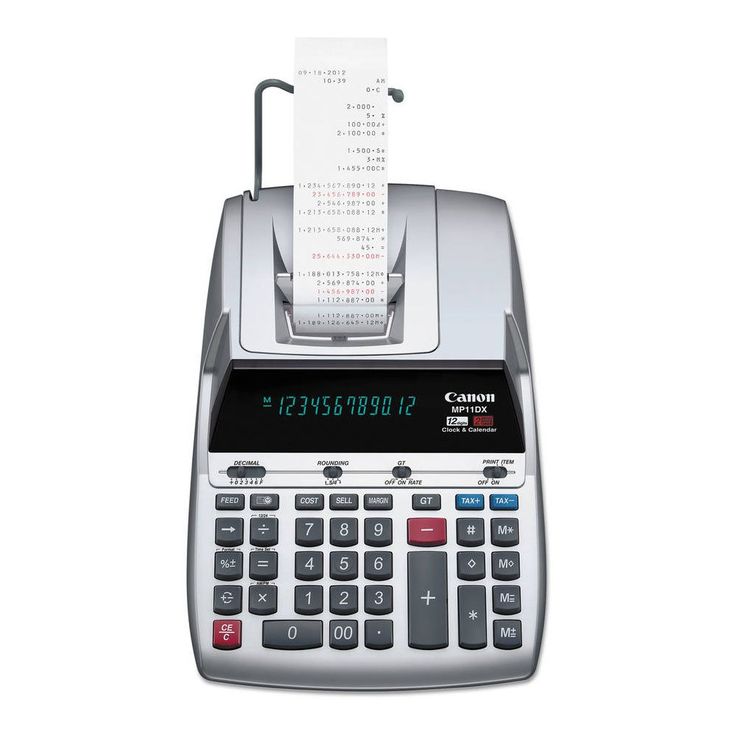 95 mm1.75 mm
95 mm1.75 mm
Material - presets the density for calculations ABS - 1.08 g/cm3PLA - 1.3 g/cm3
Density
Package price
| Filament name | Price per cm3 | Total volume cm3 | Total wieght kg | Test whistles printed (2.6cm3) |
|---|---|---|---|---|
| Prusa filament | 0.001 $ | 1000 cm3 | 1 kg | ??? |
Stepper Motors
Steps per millimeter - belt driven systems
The result is theoreticaly right, but you might still need to calibrate your machine to get finest detail. This is good start tho.
If you struggle how to use this calculator, try aksing in ℹ steps per mm forum.
Motor step angle 1.8° (200 per revolution)0.9° (400 per revolution)7.5° (48 per revolution)
Driver microstepping 1 - full step1/2 - half step1/4 - quater step1/8 - uStep (mostly Gen6)1/16 - uStep (mostly Pololu)1/16- uStep (Smoothieboard)1/32- uStep (Crazy Smoothieboard)
Belt pitch (in mm)
Belt presets 2mm Pitch (GT2 mainly)MXL belt (2.03mm)T2.5 (2.5mm)3mm Pitch (GT2, HTD)5mm Pitch (T5, GT2, HTD)0.2" XL belt (5.08mm)
Pulley tooth count
| Result | Resolution | Teeth | Step angle | Stepping | Belt |
|---|---|---|---|---|---|
| 0 Click to Share! | micron | 0 | 0° | 1/0th | 0mm |
Example:
M92 g-code can set the steps per mm in real time. Here is an example with your result for X axis.
M92 X0
Steps per millimeter - leadscrew driven systems
Gives you number of steps electronics need to generate to move the axis by 1mm.
If you struggle how to use this calculator, try aksing in ℹ steps per mm forum.
Motor step angle 1.8° (200 per revolution)0.9° (400 per revolution)7.5° (48 per revolution)
Driver microstepping 1 - full step1/2 - half step1/4 - quater step1/8 - uStep (mostly Gen6)1/16 - uStep (mostly Pololu)1/16- uStep (Smoothieboard)1/32- uStep (Crazy Smoothieboard)
Leadscrew pitch
mm/revolution
Pitch presets M8 - metric (1.25mm per rotation)M6 - metric (1mm per rotation)M5 - metric (0.8mm per rotation)12 (12mm per rotation)16 (16mm per rotation)25 (25mm per rotation)5/16"-18 imperial coarse (1.41111mm per rotation)3/16"-20 imperial (1.270mm per rotation)1/4"-16 Acme (1. 5875mm per rotation)
Gear ratio
| Result | Leadscrew pitch | Step angle | Stepping | Gear ratio |
|---|---|---|---|---|
| 0 Click to Share! | 8 | 1.8° | 1/16th | 2 : 2 |
Example:
M92 g-code can set the steps per mm in real time. Here is an example with your result for X axis.
M92 Z0
Optimal layer height for your Z axis
Helps you to select layer height in a way, that Z axis moves only by full step increments. Z axis isn't usually enabled during inactivity. If the axis is disabled during micro-step, axis jumps to the closest full step and intorduce error. This effect is occuring to some extent even while leaving the Z axis motors enabled. This is most usefull to machines with imperial leadscrews but also for unusual layer heights with metric leadscrews.
Motor step angle 1.8° (200 per revolution)0.9° (400 per revolution)7.5° (48 per revolution)
Desired layer height
Leadscrew pitch
mm/revolution
Pitch presets M8 - metric (1.25mm per rotation)M6 - metric (1mm per rotation)M5 - metric (0.8mm per rotation)12 (12mm per rotation)16 (16mm per rotation)25 (25mm per rotation)5/16"-18 imperial coarse (1.41111mm per rotation)3/16"-20 imperial (1.270mm per rotation)1/4"-16 Acme (1.5875mm per rotation)
Gear ratio
| Layer height | Error over 10cm | Number of steps | Step length |
|---|---|---|---|
| 0 | 8mm | 8 | 1. |
| 0 | 8mm | 8 | 1.8mm |
| 0 | 8mm | 8 | 1.8mm |
Acceleration
Max Speed
Input your acceleration settings, distance/length of axis and you can see you your printer will hit your desired speed and for how long.
Acceleration
Distance or axis length
Desired speed
Online calculator for calculating the cost of 3D (3D) printing
You are here
Home » Our services
How to calculate the cost of 3D printing
- load the model in STL format into the calculator;
- get a cost estimate and recommendations;
- change the print settings or leave the default;
- if you are ready to order 3D printing on a 3d printer, click the "Order printing" button, fill in the contact details and send an application.
test model used for illustration purposes. To calculate your model, download it. The calculation takes place automatically.
Load STL file?Click the "Load" button and select the 3d model file. This is an STL file, such as 3dmodel.stl. The calculator will automatically calculate the cost immediately. You can go directly to the calculation below or change the 3D printing settings
Characteristics of the model, recommendations and cost of 3D printing
Volume, cm 3 : - Area cm 2 : - Dimensions, mm: - Plastic consumption, cm3: - Plastic consumption, gr: -
Recommendations: -
Preliminary cost of printing: -
Set your own 3D printing settings? Press if no special print settings are required, rather than the default settings*optimum settings for price/performance ratio).
Select material:? This is the material that will be used for 3D printing. Simply put, ABS is suitable for gears, housings and similar technical details, PLA is suitable for figurines and souvenirs, for the rest, see the material comparison table in the FAQ section.
ABS*ABS is strong and durable, suitable for printing housings, gears and stressed parts. We print by default.
PLAPLA has low print shrinkage, prints small fragments well, can print overhanging elements. Also, since PLA is made from corn, it can be used in food production
PET-GPET-G is stronger than ABS, less shrinkage, chemically resistant. This plastic has excellent interlaminar adhesion. Food grade plastic
CarbonCarbon is a nylon with carbon added. Very durable and wear-resistant, has low shrinkage and deformation during printing. In addition, after printing, the parts have a rough surface, on which the layering is not visible.
FlexFlex is an excellent rubber-like material. Unlike its TPU (polyurethane) counterpart, it is chemically resistant to engine oil and gasoline, and can be used as gaskets and flexible hoses in the automotive industry
PhotopolymerPhotopolymer resin is indispensable for printing small and precise details. Advantages: layer thickness up to 1 micron, no visibility of layers, possibility of printing transparent models, coloring before printing with coloring pigments
ABS-Like loaded and durable parts. Together with ultra-high precision printing, it is indispensable for printing small gears and machine parts
Select filling density:? This parameter characterizes how much the part will be filled with plastic. Often it is not necessary to completely fill the part, partial filling can be used to save plastic
10%
20%*
33%
50%
100%
Select layer thickness (height):? This parameter characterizes the quality. The thinner the layer thickness, the better the printing will be, but the longer the printing time and its cost
0. 05mm
0.1mm
0.15mm
0.2mm
0.25mm*
Print order
test model
Hold the left mouse button to rotate the model
Use the middle mouse button or Shift and the left mouse button to zoom
Use Alt and left mouse button to move the model
Order printing
The print operator will receive a request with a 3D model and selected print characteristics and will contact you.
Download model STL
Read more
- Maximum file size: 120 MB .
- Allowed file types: stl .
Telephone
Order comment
Data
Add filesAdd new file
More details
- Maximum file size: 100 MB .
- Allowed file types: stl obj .
FDM thermoplastic 3D printing:
-
Eco-friendly PLA strength detail smoothness flexibility environmental
2923 rub/cm 3 bottles and children's toys. Due to the peculiarities of the material (detailing, printing "on weight") figurines, souvenirs and various decorative elements are well obtained from it.
Well processed and smoothed. Order printing
-
Popular ABS strength detail smoothness flexibility environmental
2919 rub/cm 3 Print order
Excellent price-quality ratio, made from oil.
Well suited for printing cases, instruments, automotive components, gears and mechanisms, elastic and strong. Excellent mechanical and chemical processing. Order print
-
Durable PET-G strength detail Smoothness Environmental friendliness
3923 rub/cm 3 Order Print
in PET-G.
Excellent interrequisic adhesion, due to which parts from this plastic will be stronger than ABS. In addition, PET-G is chemical resistant and can be used in food production (common plastic bottles are made from PET). Order printing
69 RUR/cm 3 Print order
Carbon is a nylon with added carbon. Thanks to this combination, carbon has the super strength of nylon, but is spared its disadvantage - strong shrinkage. Carbon also has an amazing property: the surface of the part after printing is rough without visible layering, like other plastics. Therefore, it can be used not only for printing heavy-duty and loaded products, but also for decorative elements. Order print
You must have JavaScript enabled to use this form.
Order
Phone
Service type - Not specified -3D printing3D scanning3D modelingother
Choice of plastic - Not Specified -ABS/PLAPET-GCarbonFlexFotopolimerABS-Like
Upload drawing or 3d model File formats: obj, stl, max, doc, pdf, jpg, png, step, 3ds, zip, rar. The maximum file size is 120 MB. In the description, describe the terms of reference and the details of the task.
Add new file
Read more
- Maximum file size: 120 MB .
- Allowed file types: obj stl max doc pdf jpg png step 3ds zip rar .
Notes
Many potential customers of our company who are considering our professional services think that 3D printing cost of is very high today. They say that new expensive equipment, not the cheapest materials and unique technology, which is not available on every corner, lead to an automatic increase in the cost of the service provided, which has only recently begun to be popular in our country. But such reasoning goes against the fundamental concept and philosophy of our company. From the first day of opening, we set ourselves the goal of bringing 3D printing technologies to the masses, making them the maximum available for everyone. And, in our opinion, on this path we have managed to achieve great success. 3D printing cost calculator , posted on the official website of our company, will help you make sure of this.
The development of appropriate software has been one of the top priorities of our skilled programmers. We wanted to demonstrate to potential customers that 3D printing can be quite affordable in its final price. And the best way to do this is by providing the opportunity to conduct your own calculations according to individual parameters, available to each visitor to our site. To take advantage of 3D printing cost calculator , you do not have to contact our managers, go through the registration procedure on the site or send your contact information anywhere. Just go to the site, go to a special page and take step-by-step actions, the end result of which will be to get the result you need in the form of the price of the ordered service.
How exactly is the calculation of the cost of 3D printing in the calculator on our website? This procedure boils down to making three basic steps .
- Download model
You will need a file of a three-dimensional model of the object, which you want to print by ordering the appropriate service from our company. The file must be in STL format, which is optimal both for the printing procedure itself and for carrying out the necessary calculations.
- 3D printing settings
These are advanced steps for specifying individual print process parameters. In particular, here you can determine the material of the printed object, the filling density of the object and the thickness of the printed layer. Each of these parameters, set in the corresponding windows of the online 3D printing cost calculator, will largely determine the quality of the final result. This is especially important for the thickness (height) parameter of the walls of the printed part, which will be the better, the thicker and stronger its underlying layer will be.
Please note that the defined parameters are already set by default, and you will have to change them as you wish in manual mode. With regard to the settings shown, they are suitable for the vast majority of our customers and their orders. We are talking about the use of reliable ABS plastic, a 20% filling density of the printed object, as well as a layer thickness of 0.25 millimeters. If these parameters suit you, you can safely skip the second paragraph and proceed to the third step of using the 3D printing cost calculator.
- Get result
When you upload the correct 3D model file, our calculator will quickly make the necessary calculations and then display the price on your screen. At the same time, the main characteristics of the printed object will be calculated and visually indicated, and recommendations will be provided regarding the possible need to change the order parameters in order to achieve a better result. Online calculation of the cost of 3D printing in the calculator starts immediately after you upload a three-dimensional model. But when changing the parameters from the second step, the calculation is repeated, giving the corrected result.
Is the amount received through the steps described final and irrevocable? No. The print cost calculator is designed to indicate for you the approximate price of the ordered service, which can change in one direction or another when placing an order directly together with the manager of our company. But you will already know what cost to expect in order to get the result you need. We guarantee that the final price prescribed in the contract, if it differs from the one calculated in the calculator, then only by a minimum value.
The fourth step of is filling in the contact information in the appropriate fields on our website, as well as sending an application for your 3D model and individually defined characteristics of the printing process to our company's operators. Of course, you will proceed to this step only if the cost of 3D printing given by the online calculator suits you.
3D Printing Cost Calculator
Although I posted the link in the discussion of the parallel topic of comrade 3D_MPL (Cost of 3D printing. Calculator for calculating from 3D-MPL), I thought it would be better to make a separate post to get feedback.
So please make constructive (!) suggestions. I will answer any questions on the topic.
.
So.
Again and again the question arises of how to calculate the payment of your labor as correctly as possible. Although some of the details seem simple, they often require a lot of brain effort, which MUST be paid. Well, the time spent too.
.
Some people think that it is enough to take into account the weight of the part - I think this method is simply fundamentally wrong, because, for example, printing a vase / box with a 1mm nozzle and a 0.6mm layer will be faster than printing some highly detailed bracket in a car or a souvenir with a 0.2mm nozzle and a 0.05mm layer. So, with the same weight, the time can be many times (tens of times) longer! Yes, and draw a different bracket, you must be able to!
Moreover, we want our many hours of work to be adequately paid.
A typical example from my practice is a teapot handle.
The detail is shapeless, you don't know how to approach it in order to draw it. The result - 7 hours of modeling, 4 hours of printing, an hour of post-processing, 57 (total!) Grams of plastic. And now, imagine, a customer comes to you, 'Why is it so expensive??? It's only 57 grams!!!'. And you lost a whole day (work shift).
.
So, I think that the main resource that should be paid for is time!
.
And here is the table itself.
Link to Yandex Disk: https://yadi.sk/i/oy1r3v_dA-8E1w
.
By the way, I update the table from time to time! I recently discovered an inaccuracy in the calculation of the cost of the material, corrected it. So follow the link and check it out.
.
Some characteristics:
Time is written conveniently - in hours and minutes.
Modeling and post-processing cost per hour.
The weight and cost of the coil are written separately - no need to calculate the cost of a kilogram (for lazy people).
The so-called 'difficulty factor' is missing from the table. The complexity itself will be formed from: modeling time (mostly), printing time (necessary detailing), post-processing time (picking out supports from hard-to-reach places, painting, etc.).
Substitute the values that are convenient for you. I don't insist on these. Columns 'Prices' and 'Costs'.
The white numbers in the 'Total' column are reference numbers, just for convenience.
Depreciation is calculated from the time of direct operation of the printer (more work - more wear). I take half a dollar.
The price of the first part differs from the subsequent ones only by taking into account the simulation time.
The maximum power of the printer is taken - all the same, pennies come out.
Currency - rubles. You can change to yours.
When writing the price for a reel, you must also consider the shipping cost! (In our outback, the delivery of one coil is 500 rubles!) I can add the 'delivery' item for convenience, if you want.


